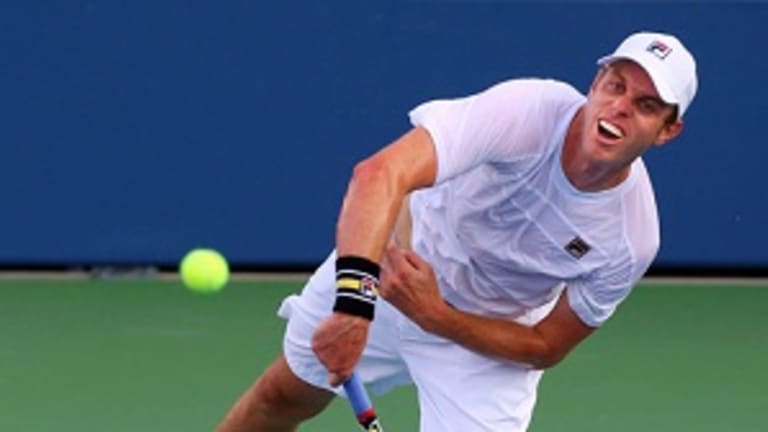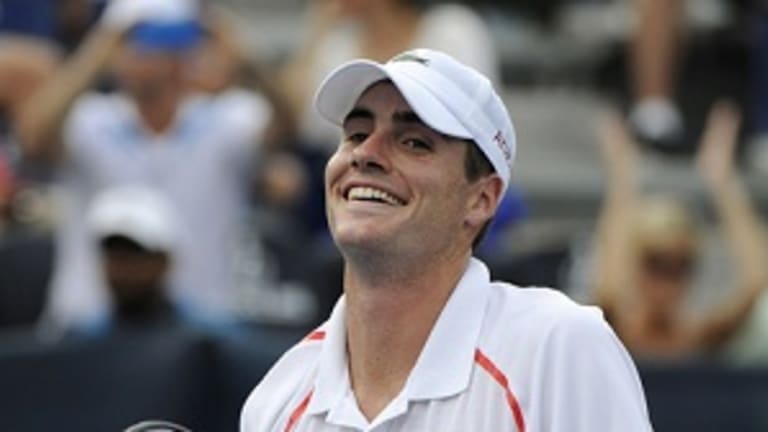Last week in Atlanta provided a painful but sharp snapshot of the state of things at the elite level of U.S. professional tennis. Sam Querrey, who at 6-foot-6 had nearly a full foot of height advantage on 5-foot-9 Dudi Sela, was beaten comprehensively by the Israeli, 6-2, 6-4.
Sela went on to scamper and grind his way to the final. There he ran afoul of the other half of that brace of players that was expected to take over leadership of U.S. tennis from Andy Roddick. That was Querrey’s colleague, John Isner. Sela would kill just one giant that week; Isner beat him comfortably to win the ninth title of his career.
We’ve seen time and again that in tennis, size actually doesn’t matter. Apparently, it also applies to the “size” of a nation. We Americans can ruefully attest to that as we track the exploits of those two men from tiny Switzerland, all-time Grand Slam singles champ Roger Federer and his former wingman turned frenemy, Australian Open champ Stan Wawrinka.
All that just adds context and underscores how disappointing it has been for fans of U.S. tennis to see the twin towers Isner and Querrey so often swaying and crumbling. The future looked a lot brighter back in 2010, when Isner and Querrey made a promising debut as a brace of potential champions despite having been beaten in a Davis Cup tie on red clay by Novak Djokovic and his fellow Serbs.
In 2010 it even looked as if Querrey could end up the more productive player. He won four titles that year, including one on red clay, in which he beat his pal Isner for the title in a close match. In another final, in Los Angeles, he took down Andy Murray. Querrey hit a career high ranking of No. 17 on the strength of those results, in the first month of 2011.

